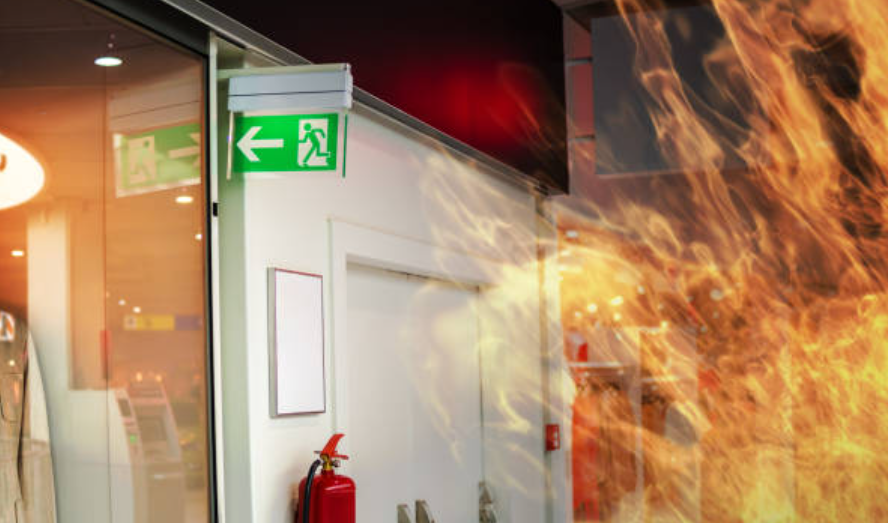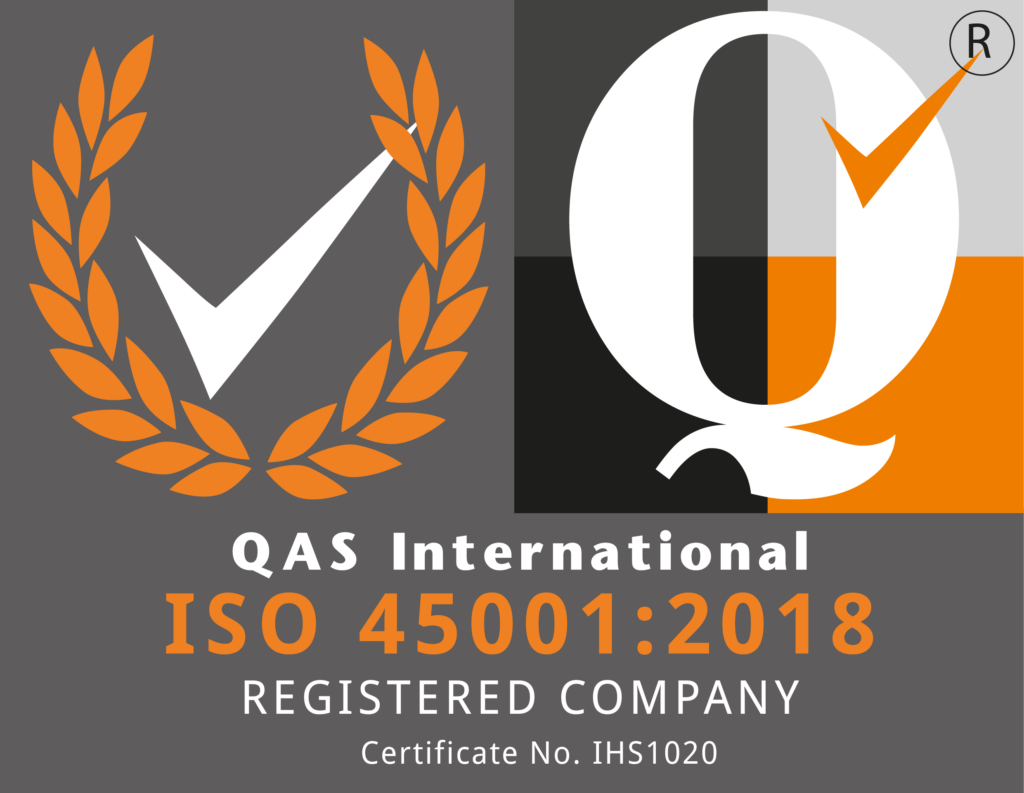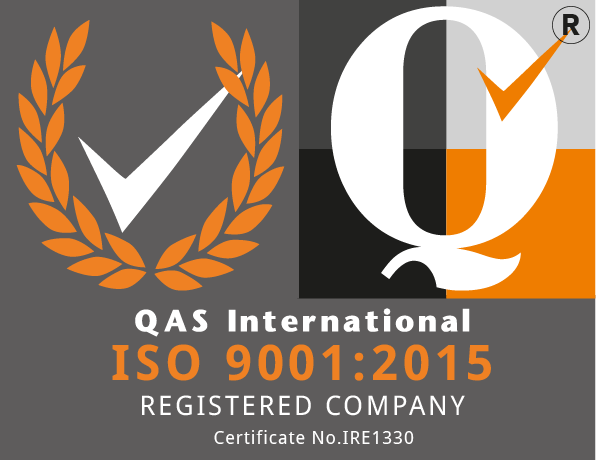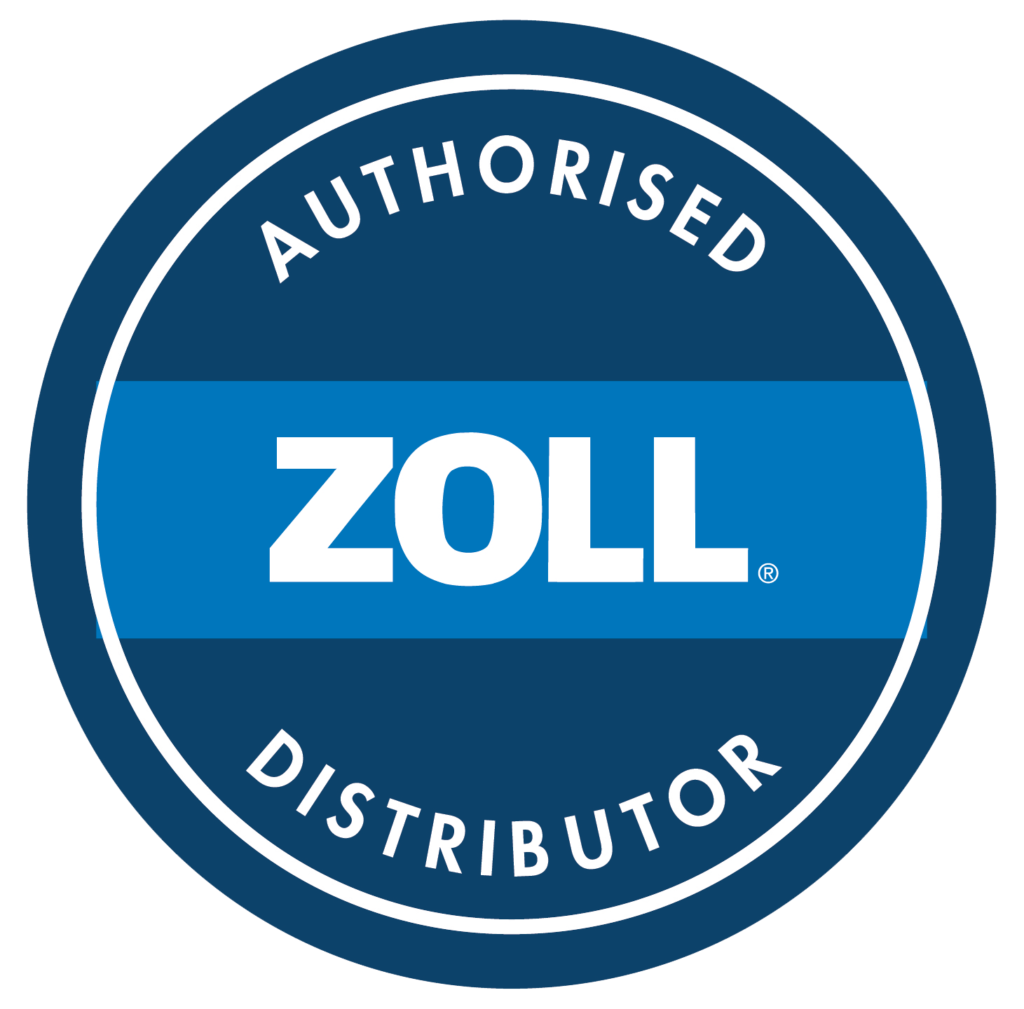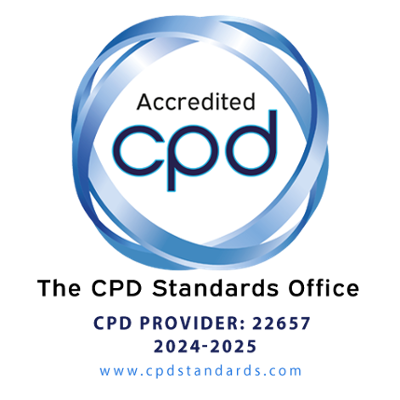Fire safety is a critical aspect for businesses of all sizes. By adopting effective fire safety protocols, companies cannot only prevent injuries and property damage in the event of a fire but also safeguard their operations and reputation. The responsibility for fire safety lies with employers, as stipulated by the Fire Services Act 1981 (2003) and the Safety, Health, and Welfare at Work Act 2005. These acts mandate regular Fire Risk Assessments for all commercial properties, including the comprehensive methodology outlined in PAS 79-2020 Fire Risk Assessment. Neglecting fire hazards can have severe consequences, including loss of life and substantial damage to business assets.
Prioritising information gathering is essential before conducting a PAS 79-2020 Fire Risk Assessment. Our expert fire safety engineers at Phoenix STS are equipped to assess your business premises comprehensively. During the visit, our fire safety engineer will review your existing fire safety measures and policies.
Our assessments consider various factors, including building occupancy, activities, layout, and the specific needs of vulnerable occupants in the event of a fire. As a leading fire risk assessment provider in Ireland, Phoenix STS has extensive experience across various sectors, including hospitality, transportation, entertainment, manufacturing, and healthcare premises, ensuring our Fire Risk Assessments meet all legal requirements.
According to statistics, human error is to blame for over 90% of workplace fires in Ireland, and up to 80% of affected businesses fail to resume normal operations after a fire. The Safety, Health, and Welfare at Work Act of 2005 mandates that employers identify fire hazards and assess risks to ensure the safety of employees and the public.
Phoenix STS conducts risk assessments and advises on additional measures to comply with fire safety laws. We offer services to develop emergency plans, train fire wardens, conduct fire drills, and maintain fire safety records, all backed by professional indemnity insurance.
Our comprehensive Fire Risk Assessment reports provide clear guidance, helping managers identify and address compliance gaps to meet best practices and legal standards, including ISO 45001 requirements.
After completing the fire safety assessments, you will be presented with a report. This report will highlight non-compliance with building regulations or fire safety legislation. Also, highlight where fire safety training is required to ensure compliance, including a prioritised action plan for implementation to ensure compliance with fire safety legislation, guidance, and best practices.
Importance of Professional Indemnity Insurance in Fire Risk Assessments
When commissioning a fire safety risk assessment, ensuring that the service provider you select is competent in fire safety practices and adequately insured with professional indemnity insurance is critical. This specific insurance should cover fire risk assessment activities. Hiring an assessor without this insurance could pose significant risks to your business. In the event of an oversight or error by the assessor that leads to non-compliance with fire safety regulations or ineffective risk identification, the absence of proper insurance means that the financial burden of any resulting damages, legal actions, or required remediations might fall on you, the client. This can lead to severe financial strain and compromise the safety and well-being of occupants and property. Always verify that your fire safety consultant carries robust professional indemnity insurance to safeguard against these potential consequences.
How do we complete the PAS 79-2020 Fire Risk Assessment?
- Pre-Assessment Briefing (Duration: Up to 1.5 hours):
- Objective: Upon arrival, the assessor will explain the assessment process, focusing on objectives, methodologies, and expected outcomes.
- Participants: The facilities manager, fire safety manager, and/or lead fire warden should be present. Their involvement is crucial for accessing accurate information and understanding current fire safety practices comprehensively.
- Focus: Review fire compliance documentation to verify adherence to fire safety regulations, including the Fire Services Act 1981 (2003) and the Safety, Health, and Welfare at Work Act 2005. This step is essential to assess the sufficiency of existing fire safety measures and documentation.
- Building Inspection (Duration: Variable):
- Objective: Conduct a visual and nonintrusive inspection to identify visible fire risks and safety compliance issues.
- Participants: Ideally, the assessor, accompanied by the facilities manager or a designated safety officer, will conduct the assessment.
- Focus: The primary aim is to assess the effectiveness of current fire safety protocols, such as the adequacy of escape routes, the functionality and accessibility of firefighting equipment, and the proper signage and maintenance of fire doors.
- Post-Inspection Review Meeting (Duration: Up to 1 hour, dependent on findings):
- Objective: After the inspection, convene a meeting with the relevant management team to discuss preliminary findings and observations.
- Participants: This meeting should include those present at the initial briefing and any additional management personnel responsible for areas where issues have been identified.
- Focus: This discussion will highlight initial concerns requiring immediate attention or further investigation, setting the stage for a detailed report.
- Report Generation and Delivery (Within ten business days):
- Objective: Produce a comprehensive report detailing all findings, emphasising identified risks, compliance status, and recommended corrective actions.
- Focus: The report will serve as a formal document for the organisation to act upon, ensuring compliance with fire safety regulations and providing a roadmap for remedial actions.
- Follow-up and Continuous Compliance:
- Objective: Schedule a follow-up meeting to discuss the report and outline steps for corrective action.
- Focus: The follow-up ensures that all parties understand their responsibilities and the timelines for implementing improvements. This step is critical for maintaining ongoing compliance and enhancing fire safety protocols.
Your Next Steps to Enhanced Fire Safety
Embarking on a comprehensive fire risk assessment is the first step toward ensuring the safety and well-being of staff. With Phoenix STS by your side, navigating the complexities of fire safety compliance becomes a structured and manageable process. Contact us today to enhance your fire safety protocols, confidently meet insurance requirements, and uphold the highest standards of care and safety.
Staff Training
We also offer a full range of on-site health and safety courses and online health and safety courses with CPD certification.

